Alastair Macaulay reviews New York’s Typhoon Tiler
balletThe former chief dance critic of the New York Times catches up with one of his old favourites at Sadlers Wells:
by Alastair Macaulay
The American ballerina Tiler Peck is one of the superlative dancers of today. And in “Turn It Out with Tiler Peck and Friends”, the programme she’s presenting at Sadler’s Wells Theatre this week, she sometimes shows her phenomenal abilities. Like a typhoon, she spins across the stage, visibly accelerating or decelerating in inexplicable ways. Or she lingers or pauses on point in various off-balance positions, as if the empty air were buoying her up.
These are virtues she often shows as a leading principal at New York City Ballet. If you look for mystery in great dancing, you may not notice it in her – initially she comes across as a sweetheart and good sport who occasionally appears too synthetic or too bland – until you notice her mysterious ability to play with time and space.
“Turn It Out with Tiler”, however, all too often becomes an exercise in artfulness on Peck’s part. The programme – she is listed as curator and artistic director, as well as dancer and choreographer – is a multidisciplinary quadruple bill. She is one of its five choreographers, all American and all determinedly artful: the others are the “thought structure” ballet-maker Alonzo King (“Swift Arrow”), the tap maestra Michelle Dorrance and the dancer-choreographer Jillian Meyers (those two and Peck have made “Time Spell”, which bears the impressively irksome subtitle “subdivisions of time and space, and intersections of isolation and community, longing and joy”), and the post-modern neo-ballet choreographer William Forsythe. And she dances in three of the four items.
The other one, which opens the show, is “Thousandth Orange” (2019), choreographed by her to new music by Caroline Shaw. Shaw’s music is for an onstage piano quartet, contrasting regular metre (the piano) and irregular metre (the three string players, who pause – in unison – as often as they play, when their rhythm is largely unrelated to the piano’s). Peck’s dance is for three women and three men: it’s an all dancing structure-game that shuffles between organising its dancers according to gender or couples, with brief sequences of same-sex partnering and women partnering men: it’s all sweetly clever, blandly indecisive, and mercifully brief.
The pieces by Alonzo King and William Forsythe are all about making virtuoso effects from striking dynamic contrasts. King’s “Swift Arrow” (2021) is a duet for Peck and Roman Mejia to piano music by Jason Moran. Straightaway you’re shown how fast Peck and Mejia can deliver some steps and linger over others, often within the same phrase. Mejia, a young virtuoso of New York City Ballet, has hitherto been a wonderfully innocent dancer with amazing capacities for power, speed, and phrasing; here King’s choreography robs him of that innocence, drawing attention to how he and Peck know precisely what they’re doing, while Brandon Stirling Baker’s lighting draws attention to their musculature.
It is not a pleasant evening for titles. Forsythe’s “The Barre Project, Blake Works II” (2022) has the gimmick of a ballet barre at the back; its four dancers – Peck, Mejia, Brooklyn Mack, and Lex Ishimoto – all do more of those dynamic contrasts, sometimes in solos performed while holding onto the aforesaid barre. The music, taped as so often with Forsythe’s choreography, is by James Blake: it’s postmodern, post-rap, post-rock. Again, Baker’s lighting draws attention to musculature. Peck keeps reappearing in costumes of different colours and cuts.
The mood is playfully wise-guy, slick, wow-conscious. Only Mack, who has a marvellous gift for showing the firmness of steady pulse within a dance phrase, seems unspoilt. The others all seem, like Forsythe himself, keen to appear intensely sophisticated applause machines with no mystery and no innocence.
Thank heavens for Michelle Dorrance and her tap colleagues, who do much to turn “Time Spells”, into an honest-to-goodness exercise in rhythm. To partly live music for voice and percussion (handclaps and footwork) by Aaron Marcellus Sanders and Penelope Wendlandt, with a multi-layered sound design, this gives time and space to different dance disciplines and tempi – eleven dancers in all – before showing how they can co-exist. Jillian Myers, the third choreographer here, does much to underpin the work with effects of slow through-the-body texture, but it’s Dorrance whose tap work achieves sequences of irresistible momentum: she certainly plays with time, but without slickness. By the end of it, even Peck stops seeming so much the mistress of her effects; she becomes part of something larger than she is, and lovable.
photo: Christopher Duggan/Sadlers Wells

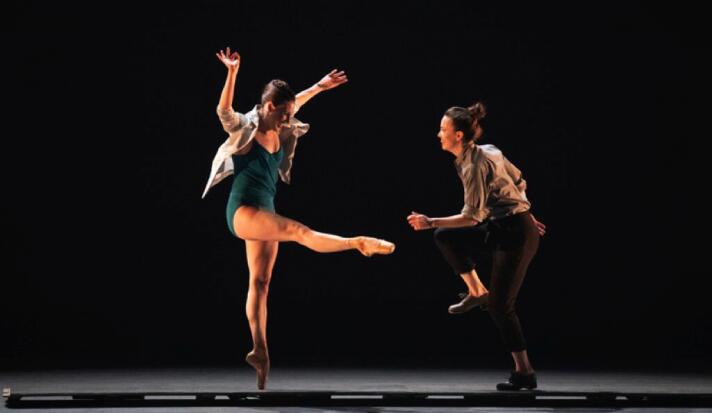
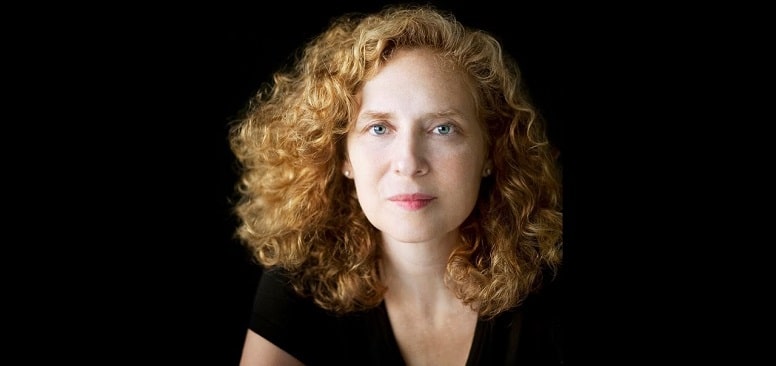
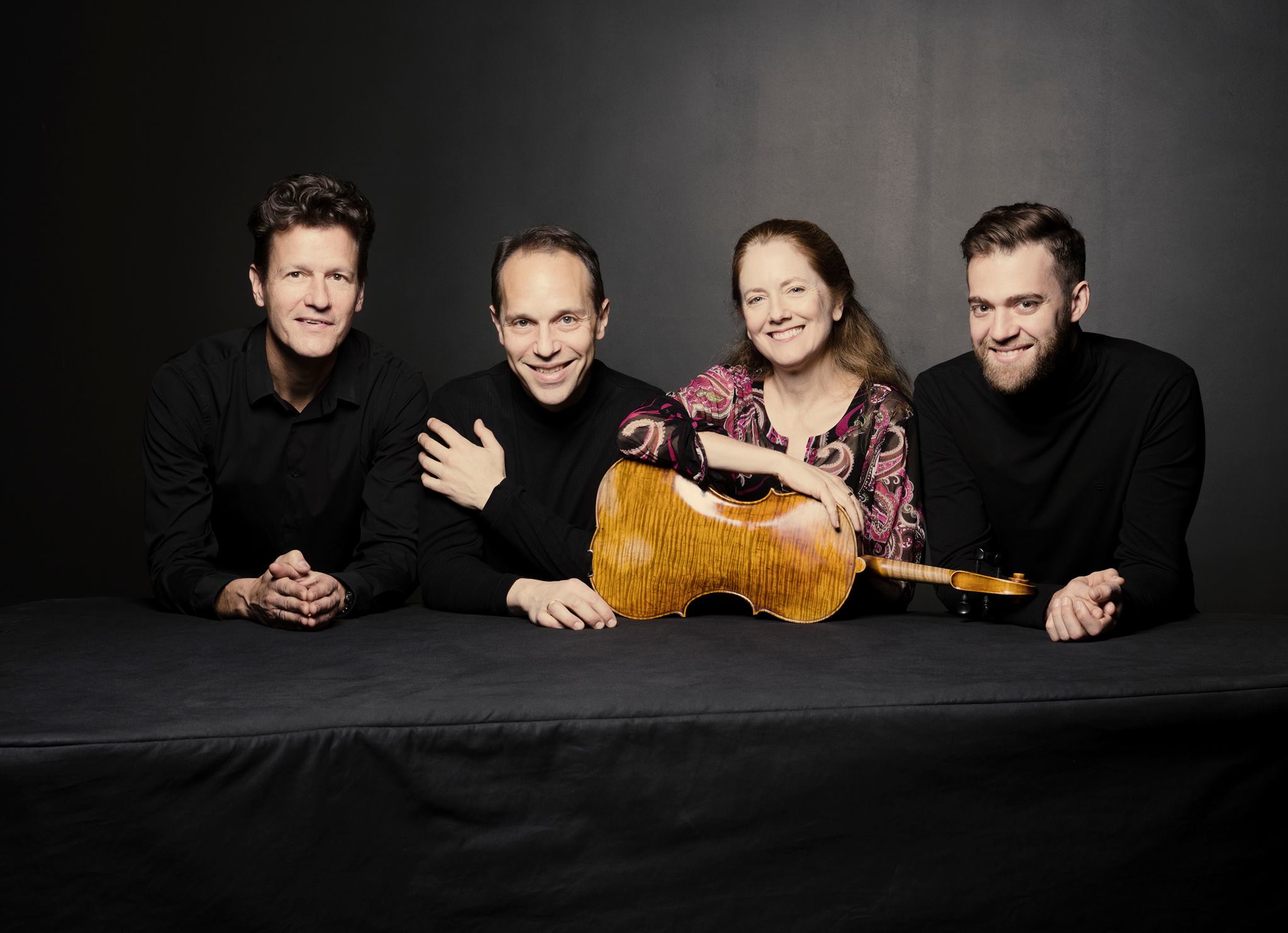
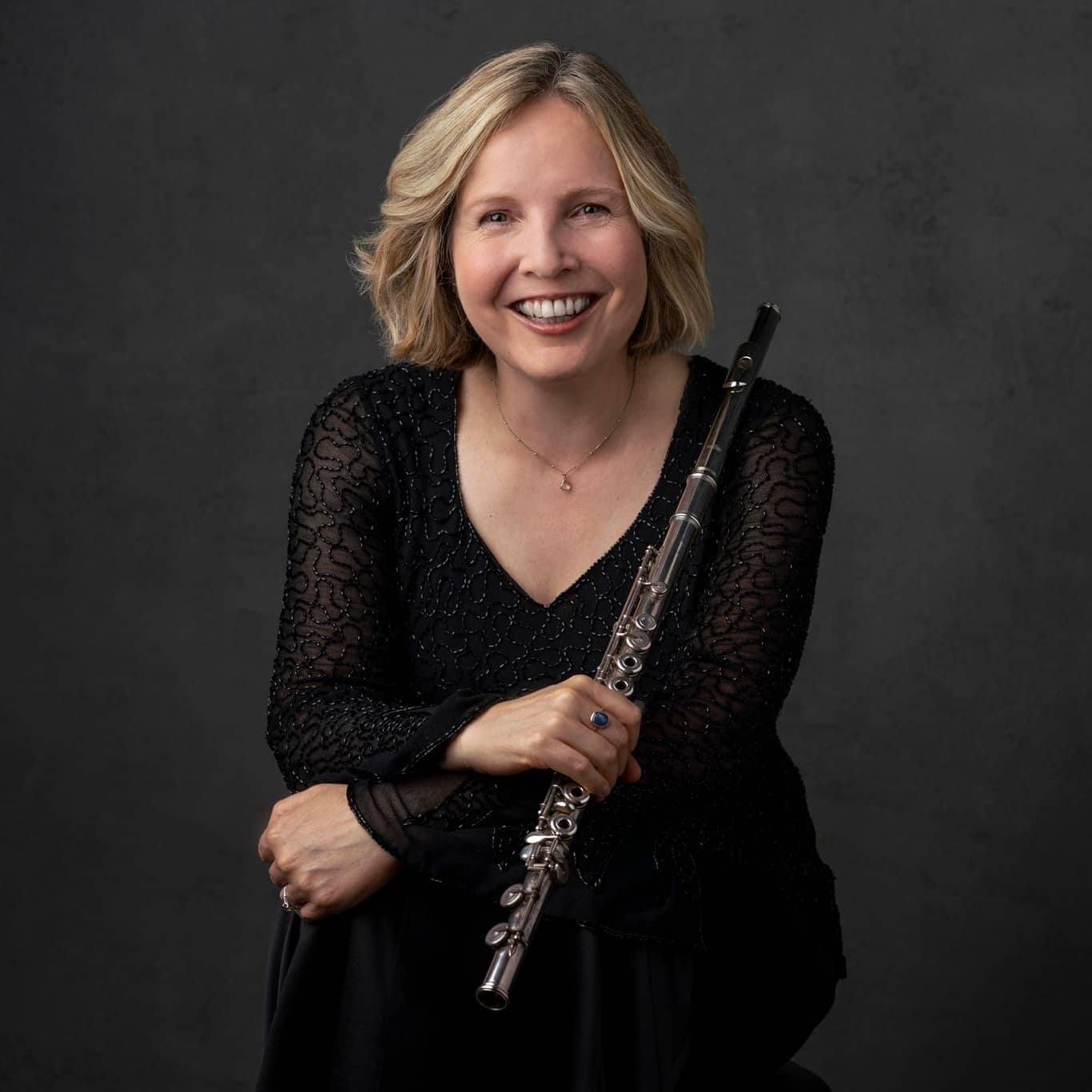
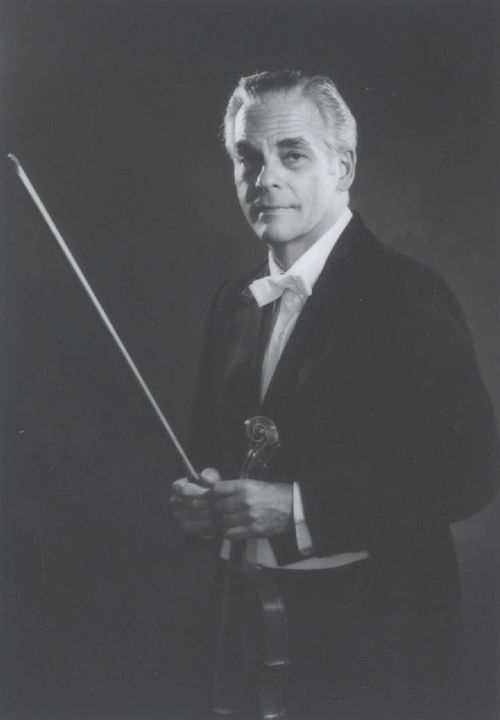
Comments